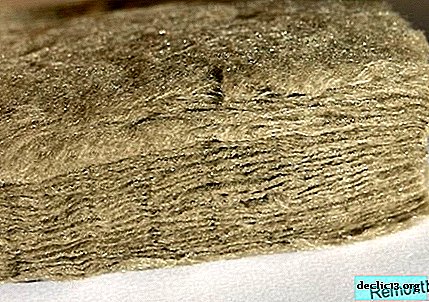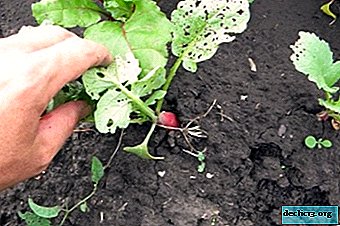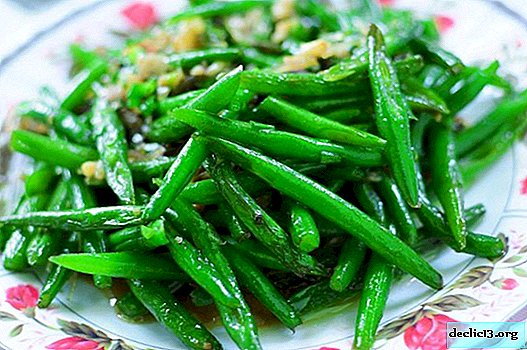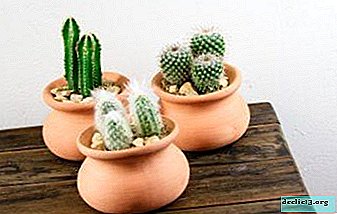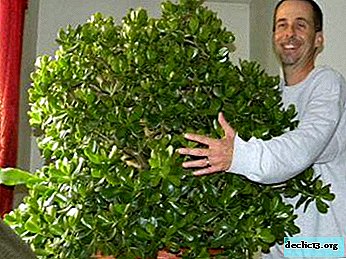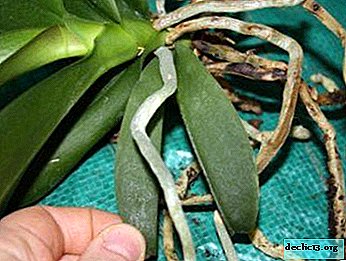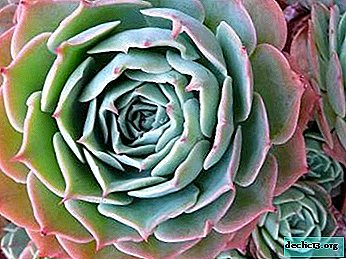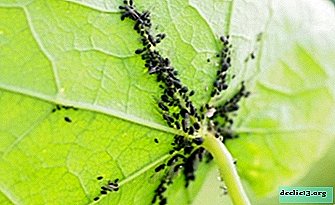An overview of watering orchids. What errors can be and how to prevent them?
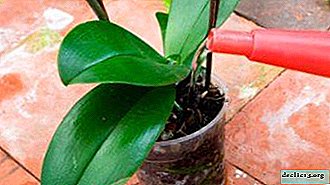
Orchids have incredible beauty and do not require special care. This attracts many gardeners, especially beginners.
However, in order for the plant to please flowering, it is necessary to follow the rules for caring for it. Watering is a very important point.
After all, its incorrect conduct can cause a disease and even death of a flower.
The importance of the procedure
For both people and for plants, water plays a significant role in existence. In order for the plants to receive all the necessary minerals, the soil must be sufficiently moist and fertilized, while the substrate must dry out from time to time, and not be continuously moist.
There is no regularity in watering orchids, the most important rule in watering is to provide water to the plant 2-3 days after the roots and substrate have dried (read the frequency of watering the phalaenopsis here). It is worth remembering that excessive flooding of the flower with water can lead to rotting of the roots, the occurrence of bacterial and fungal diseases.
Great attention should be paid to water quality., because tap water contains a lot of salts that can harm the plant, because water for orchids is not just a source of drinking, it is also food (about what water you need to water the orchid, read here).
Attention! Regardless of the method of watering, you should always remember the main rule - it is better not to top up than to pour.Most orchids are well adapted to short-term, and some to long-term droughts. Their fleshy leaves and pseudobulbs contain a sufficient supply of moisture to survive the dry period.
How to water: ways
There are quite a lot of methods for watering a flower. Here are the most common and convenient methods that it is desirable to alternate.
From a watering can
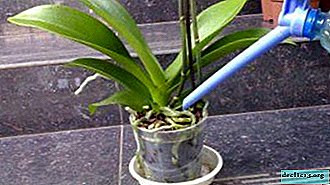 Pour pre-prepared water onto the surface of the substrate with a thin stream, but not around the entire perimeter of the pot, but selectively, precisely to the roots.
Pour pre-prepared water onto the surface of the substrate with a thin stream, but not around the entire perimeter of the pot, but selectively, precisely to the roots.- Continue pouring until water appears on the saucer from under the pot. Avoid getting water in the sinuses of the leaves.
- After watering, drain off the remaining water that has leaked from the holes on the bottom.
The advantage of this method is that it is very light, simple and perfectly saves time.
Warm shower
After prolonged use of this method, the orchid will bloom more often and grow green mass faster. The jets of soul perfectly imitate rains, which are typical in a tropical flower, but you should not direct them to peduncles and flowers.
- With a gentle stream of warm water (the temperature should be an average of 40 degrees), water the leaves of the plant.
- After the substrate is completely saturated with moisture - let the flower stand for a while, so that excess water is removed.
This method is good because it opens the leaves of the pores and removes the accumulated dust from them. After some time, you need to carefully remove moisture from the axils of the leaves and from the growth point with a cloth, so that the plant does not begin to rot.
Important nuance: You can water an orchid in this way only if not hard water flows from the tap.Spraying leaves
It is advisable to spray the plant from the spray gun before lunch, so that the roots dry out by the evening. This watering is suitable for orchids that are not in substrates, but grow on blocks. The roots of this species of plants dry faster than ordinary ones, so you should spray more often.
Immersion
This method is suitable for orchids growing in baskets.
- Pour warm water into a basin or bucket (the temperature should be in the region of 20-35 degrees).
- Submerge a pot of orchid in water and leave for a few minutes.
- After extraction, allow excess water to drain (it takes about 10-15 minutes).
Lower the plant into water so that the water does not touch the neck of the orchid. Thus, you can provide a flower with water once a week. But it must be taken into account that this method is applicable only if the plant and substrate are completely healthy.
Into the pallet
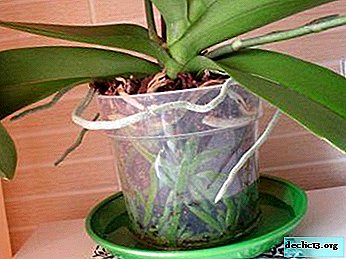 Initially, you need to choose a suitable pallet for the plant. Its height should be at least three centimeters.
Initially, you need to choose a suitable pallet for the plant. Its height should be at least three centimeters.- Next, you need to place the plant in the pan and pour the right amount of water into it.
- About once a month you need to wash pallets from accumulated salts.
This method is very simple, but has its drawbacks. If the substrate is very coarse - it may not absorb the right amount of water to the plant, or if there are several plants, and one of them is diseased, then the rest of the flowers may become infected through the water. Stagnation of water in the pan should be avoided; this can be detrimental to the flower.
In a closed system
If the flower is in a closed container without holes, then watering should occur as follows:
- Water is poured to the neck of the orchid and merges after 20-30 minutes.
- The required amount of liquid will remain in the container, which the plant will absorb.
How to choose the right method?
To choose the best way, you need to take into account factors such as:
- the substrate in which the plant lives, especially its chemical composition;
- type of orchid;
- the container in which the flower is located;
- humidity percentage of the room;
- hardness of water.
Possible mistakes
- The most common mistake is excessive watering care. It should be remembered that too often watering the flower is not necessary, because its roots do not have time to dry out and rot from excess moisture.
In summer it is advisable to moisten the plant no more than twice a week, and in winter - once every 10 days, but these are average recommendations, there is no single schedule, because the need for watering in each case is individual, and depends on the air humidity and on the characteristics of the species or varieties of orchids.
A plant at rest requires a minimum amount of moisture. You should not forget about watering, because the flower is also a living organism and can die without the right amount of moisture.
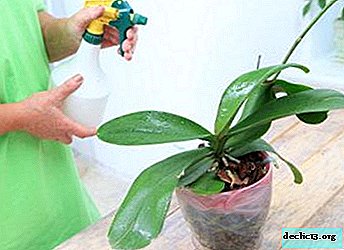 Orchid is moody about the composition of water, so the next common mistake is to water the flower with tap water, which contains a large amount of harmful salts.
Orchid is moody about the composition of water, so the next common mistake is to water the flower with tap water, which contains a large amount of harmful salts.Orchid is a tropical plant and in its natural habitat (in the tropics) the only source of moisture is rain, in which the presence of salts is minimal. Therefore, in order to water the plant, you need to use pre-prepared, defended or boiled water.
Distilled water does not contain salts at all, so for irrigation it should be diluted with ordinary water.
- Water temperature also plays an important role., it should be either room temperature or slightly higher (maximum 40 degrees).
What are the consequences and how to deal with them?
Waterlogging causes the orchids the greatest harm, and it will be much more difficult to restore the flower than with a lack of moisture.
- If the center rots in the plant (growth point) - this may indicate the ingress of water into it, which can often occur when showering. This case will no longer be treatable.
- FungusIf the lesion is not very large, it can be cured. Enough treatment with fungicides and watering the plant less often.
- Sluggish, wrinkled, yellowed, dry leaves with black spots appear as a result of drying out or vice versa, waterlogging. In the second case, the leaves do not have enough moisture, because it can no longer come to them through decayed roots, and it is pointless to water it, because the affected roots can not supply moisture.
Important! Rotten roots need to be cut off as soon as possible to living tissue, and the cut site should be treated with charcoal or colloidal sulfur.
If you had to remove all the roots, you should cover the outlet with potassium humate or Kornevin and transplant the orchid into a new substrate. In the event that the rot from the roots managed to move to the stem, saving the plant will be an almost impossible task.
- Watery, soft spots on the leaves indicate waterlogging, mainly after too long watering by immersion. To get rid of the problem, you should correctly apply the immersion method and allow the substrate and roots to completely dry.
- Highly short root tips and white coating on the substrate They speak of poor water quality, and for the next irrigation it will be necessary to use more purified water.
The most important thing you need to know in order to successfully grow orchids is that their roots are different from the roots of other indoor plants and therefore require a completely different approach to watering. Proper watering will keep these flowers healthy and beautiful for a long time.
Useful video
The video demonstrates possible options for watering an orchid:

 Pour pre-prepared water onto the surface of the substrate with a thin stream, but not around the entire perimeter of the pot, but selectively, precisely to the roots.
Pour pre-prepared water onto the surface of the substrate with a thin stream, but not around the entire perimeter of the pot, but selectively, precisely to the roots. Initially, you need to choose a suitable pallet for the plant. Its height should be at least three centimeters.
Initially, you need to choose a suitable pallet for the plant. Its height should be at least three centimeters. Orchid is moody about the composition of water, so the next common mistake is to water the flower with tap water, which contains a large amount of harmful salts.
Orchid is moody about the composition of water, so the next common mistake is to water the flower with tap water, which contains a large amount of harmful salts.